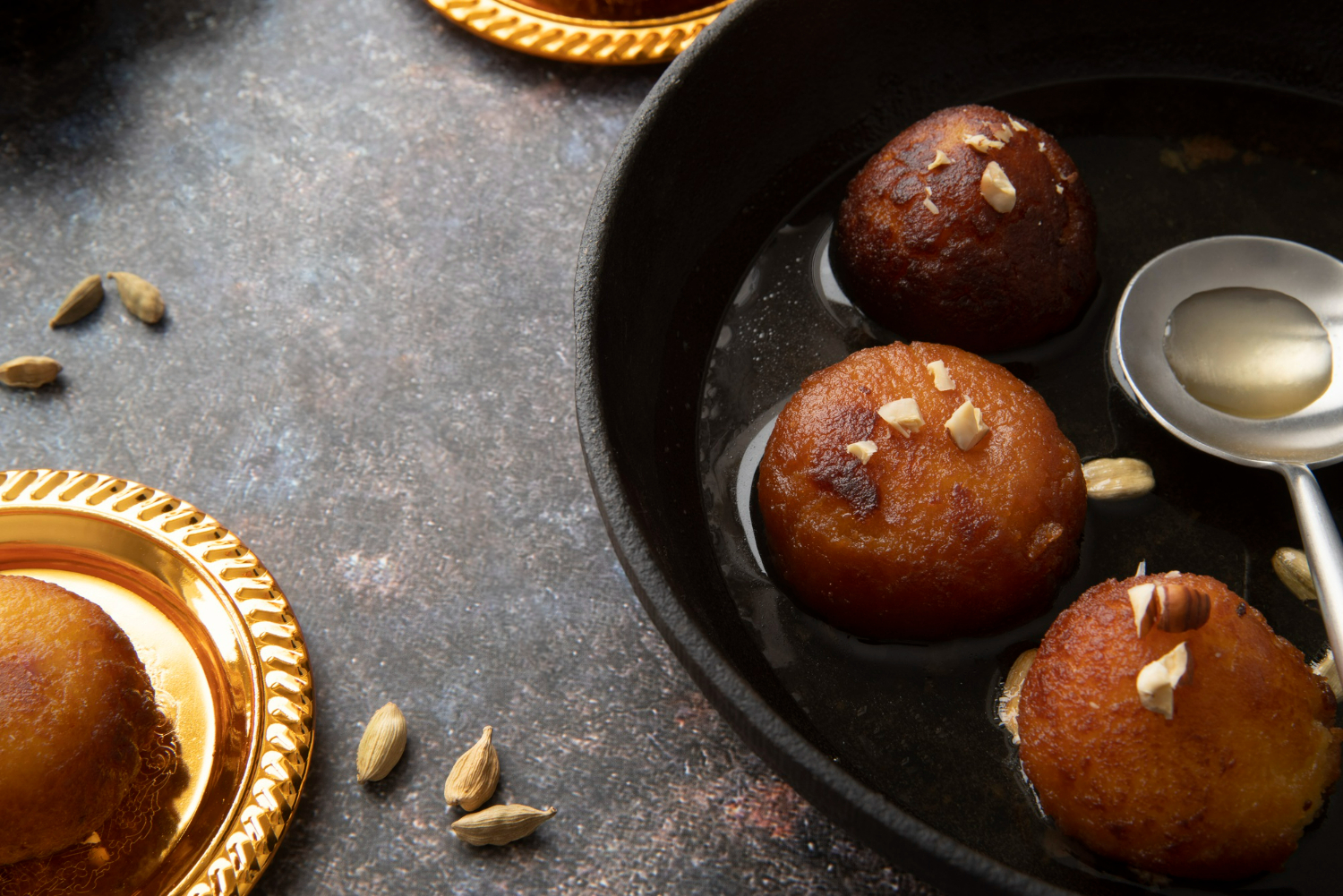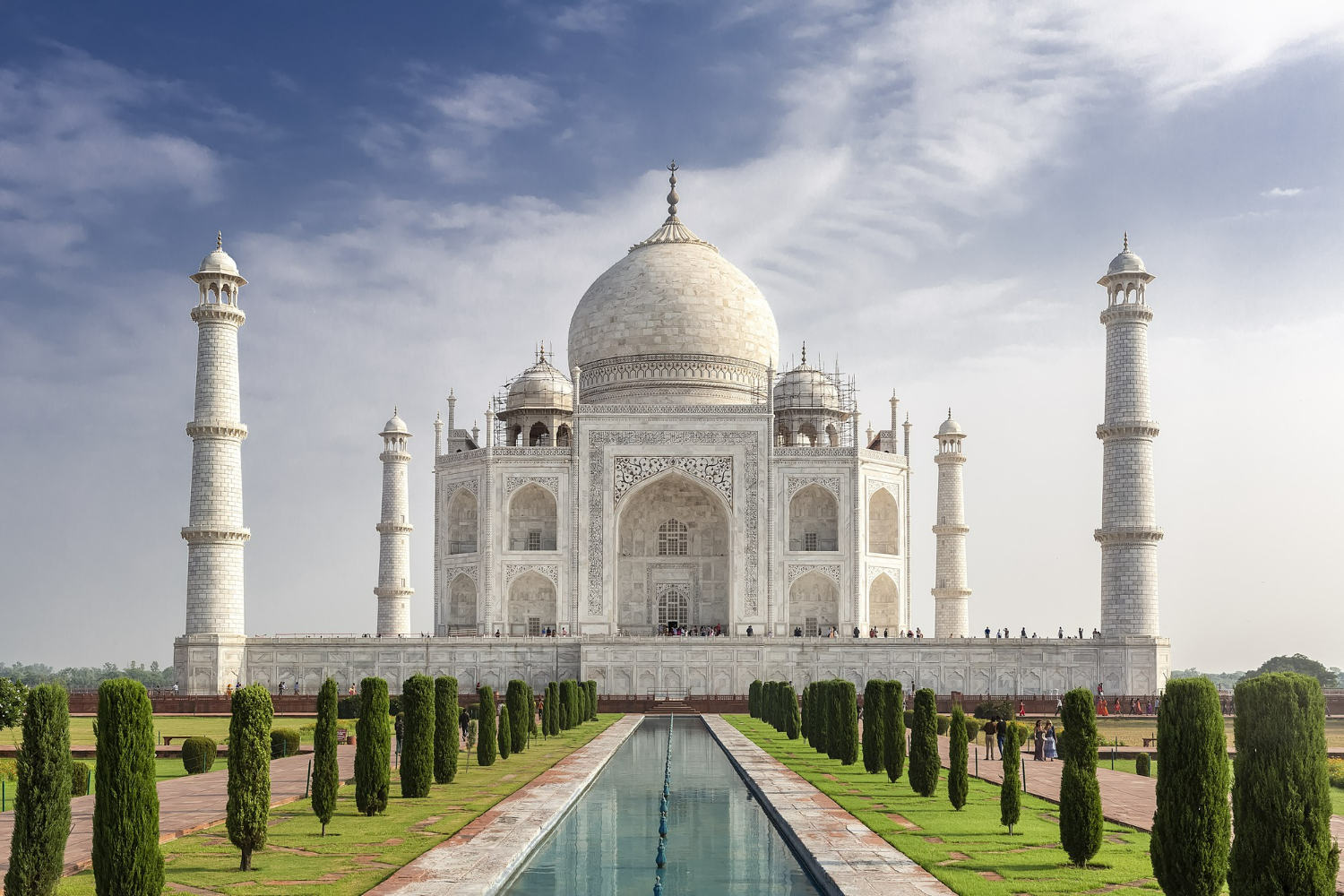Repay or Invest?- A Deep Dive Into the Decision
Whenever you cash in your paycheck, a question comes to mind: “What should I do with this?” You get stuck between two paths – repay a past debt, whether a loan from a friend or a family member or invest it. This question can be compared to picking between vanilla or chocolate – you can’t possibly decide between both, can you? One side says chocolate or repaying your debt as it affects you psychologically. The other side insists you try vanilla instead – invest in stocks and earn more to lose less. One says you’ll lose too much money from interest; the other states if you gain 7% through investment with an interest of 4%, you lose 3% of opportunity cost. Here are a few things to think of to make the decision easier. Is there an option to receive a 401k match? Discuss offer letters and anything with your HR department to check whether or not your employer offers a retirement match. If that’s the case, you get a 50% + return on each buck you contribute. Try to squeeze it for every bit of coin you can; otherwise, you’re missing a chance of half (or more!) of the money you contribute coming back to you. Assess your risk tolerance Let’s state the obvious – take your time in situations that play with your money. Do your homework, determine the risks of your choices, and take a step accordingly. The chances of you ending up worse than before are higher if you don’t take precautions. If you’re risk-averse, pay off your debts instead, as they bring a guaranteed return rather than the stock market. Set up an Emergency fund Before you take a step, ensure you have money for when things go south. Save enough cash for three to six months’ worth of living and be a financial safety net for taking risks. The size of the funds varies depending on your earnings, where you spend your money, etc. Ask yourself: is this debt pulling you down mentally? It’s only sometimes running around and figuring out whether you can. Ask yourself if debt-free would help you be in peace, and consider the psychological value it holds. Be on the lookout for opportunities Check if there are any other choices, and look for another path. This could be a unique and booming investment or a chance to escape the high-interest debt. Considering all this, pick your favorite icecream – Vanilla or Chocolate. It will add to your financial well-being.









